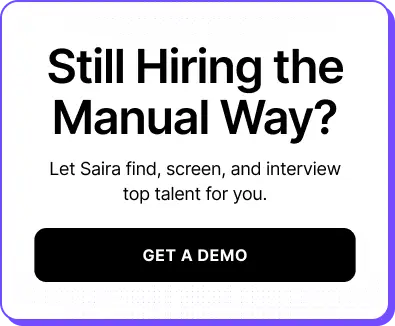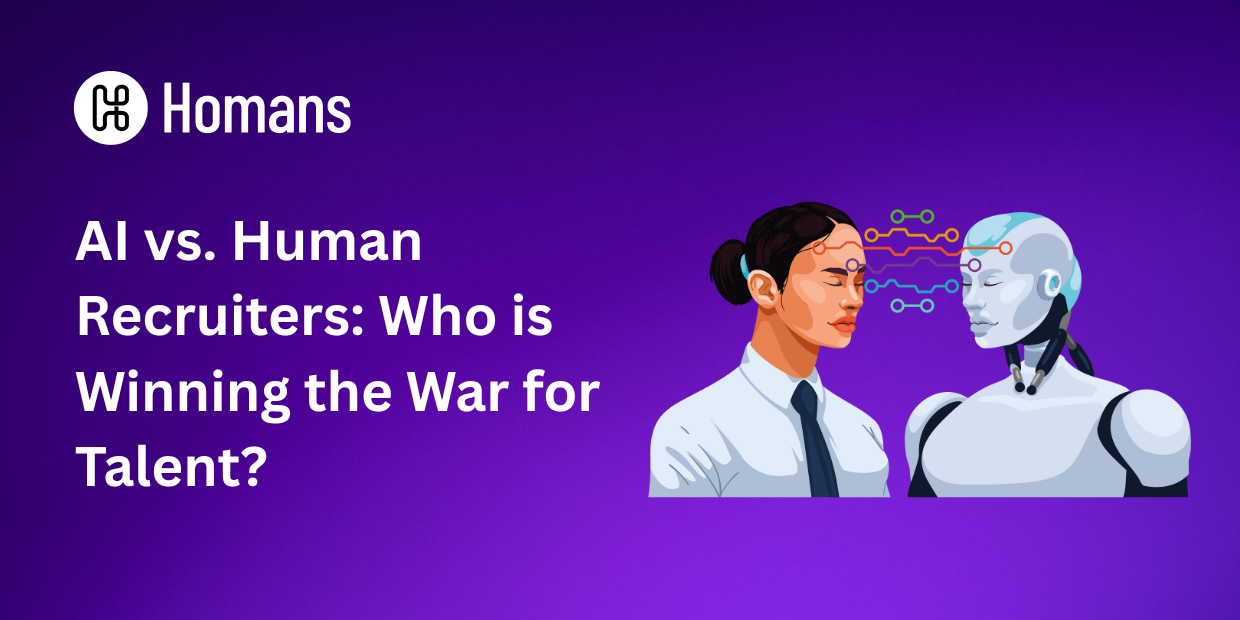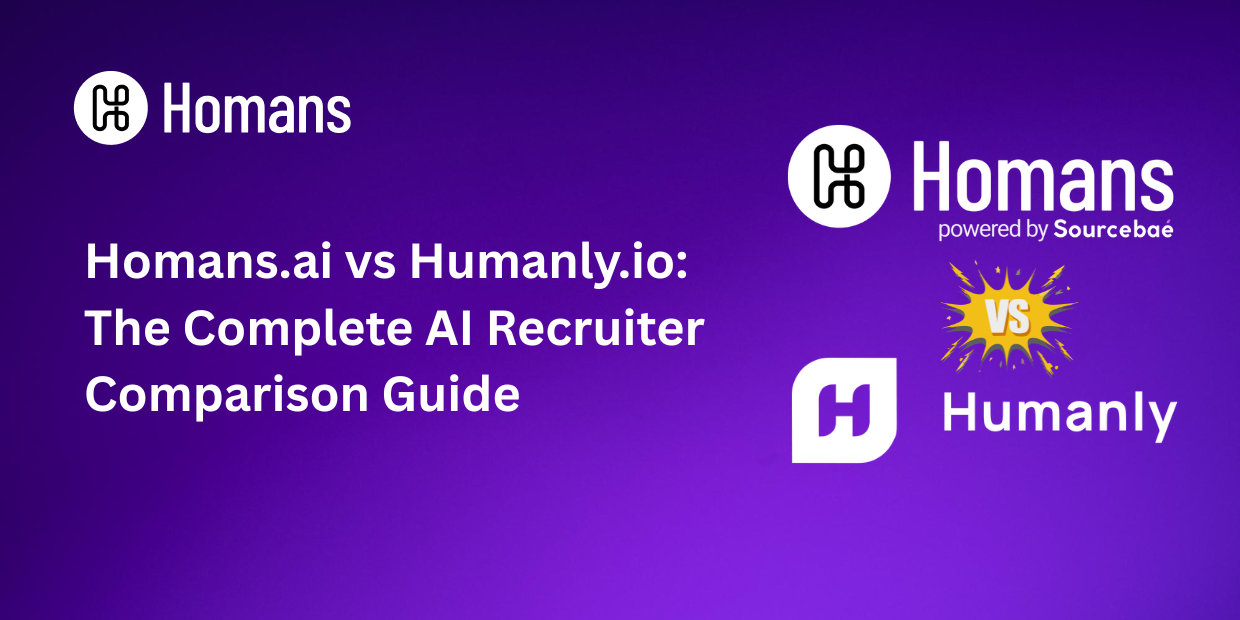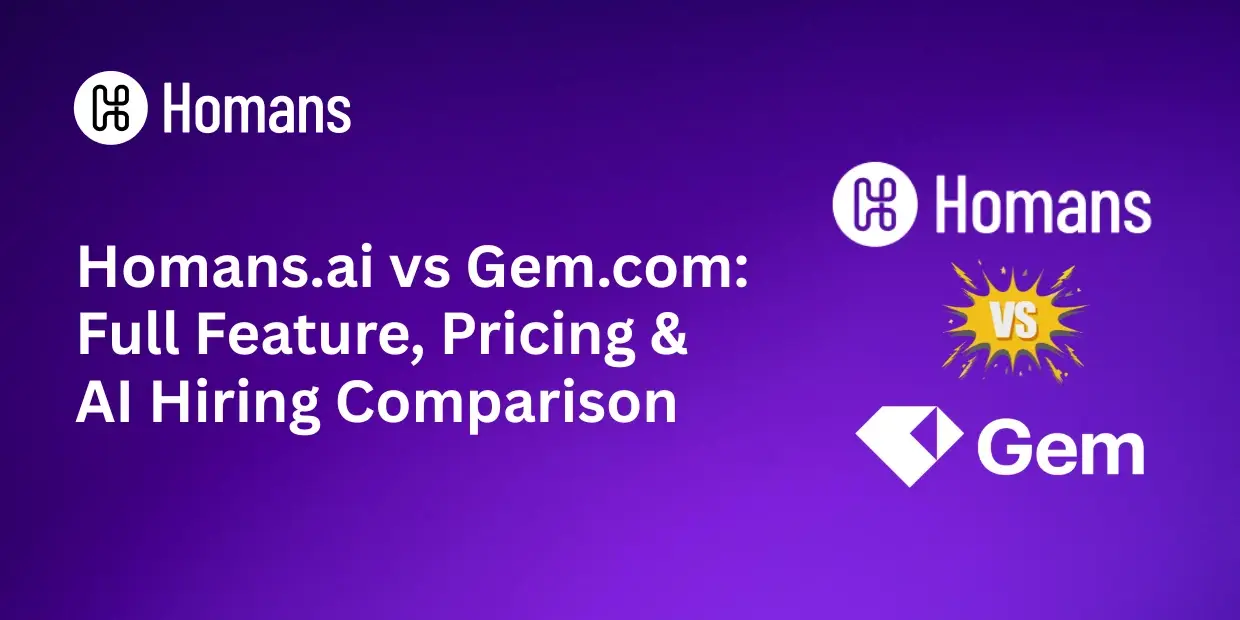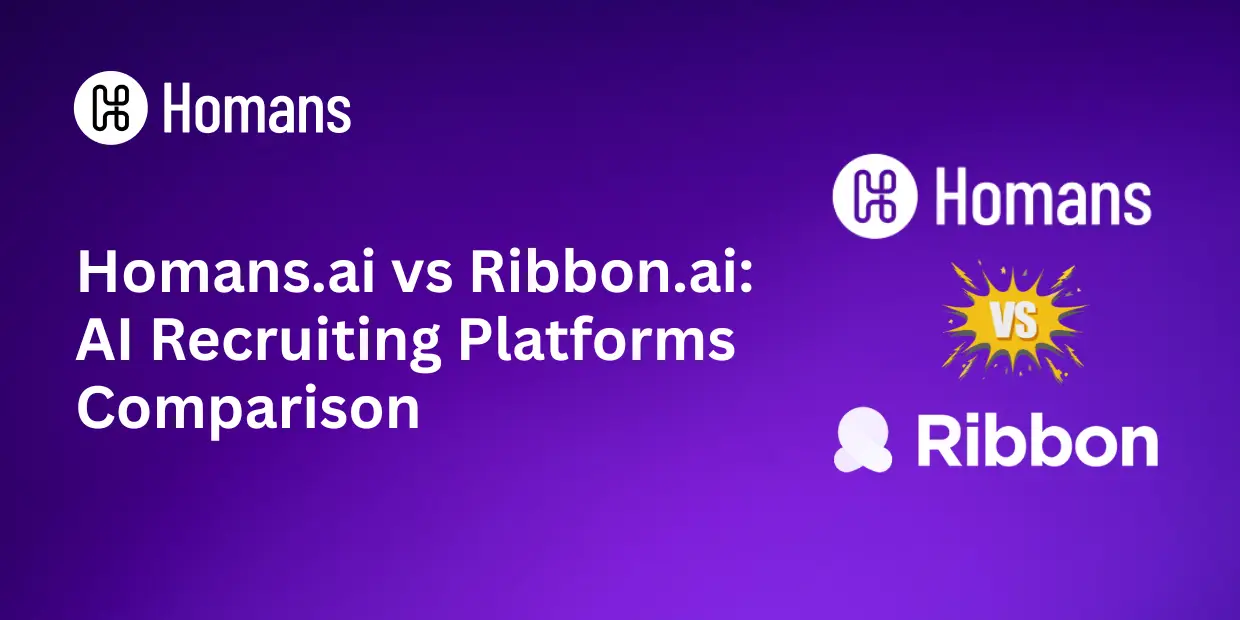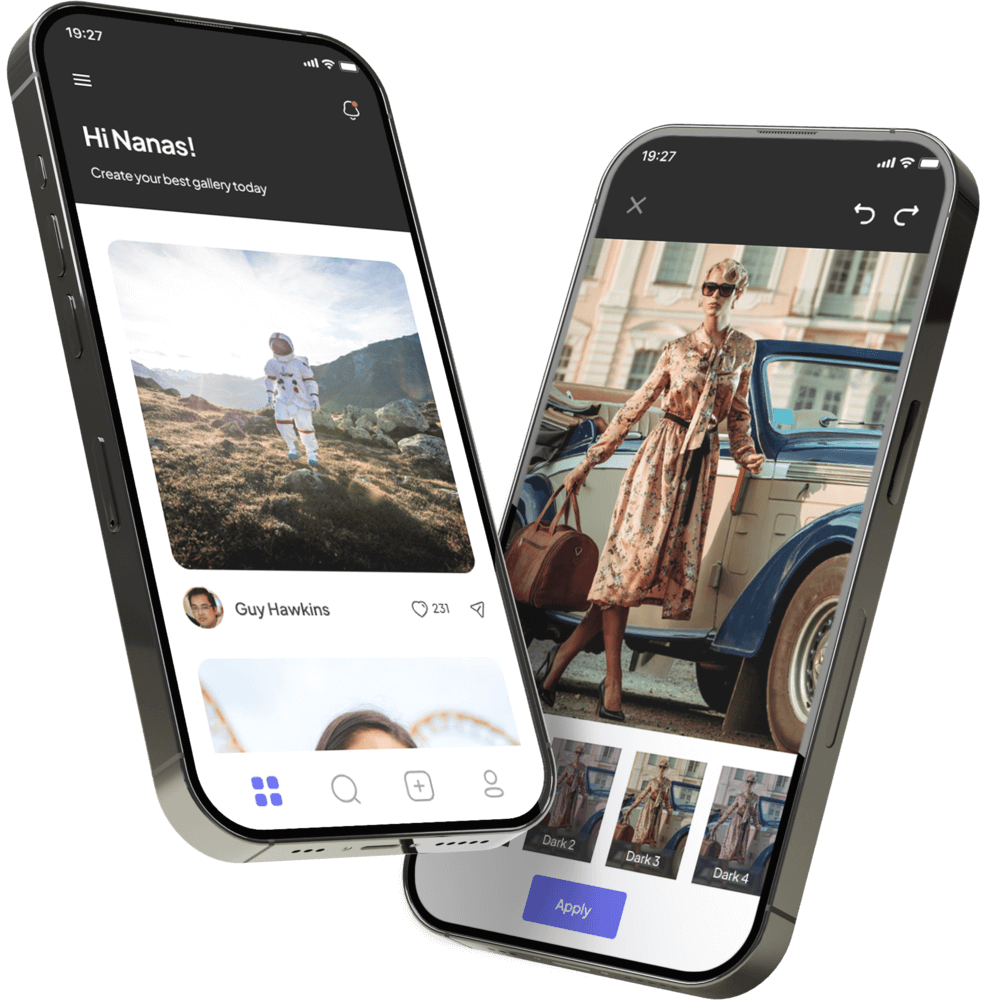The recruitment landscape has reached a critical inflection point. For the first time in hiring history, AI vs. Human Recruiters is becoming a defining debate in one of the most fundamentally human activities: identifying and attracting talent. The results are reshaping not just how we hire, but what we consider possible in talent acquisition.
With 87% of companies now using AI for their recruitment process and 99% of hiring managers incorporating AI in hiring, we’re no longer debating whether AI belongs in recruitment—we’re measuring how it performs against human recruiters across every meaningful metric. The data emerging from these comparisons is rewriting the rules of recruitment economics and effectiveness.
The State of the Battle: Market Dynamics and Adoption
AI Recruitment Market Explosion
The numbers tell a compelling story of rapid transformation. The AI recruitment market, valued at $654.06 million in 2025, is projected to reach $1.56 billion by 2037, representing a robust 7.4% compound annual growth rate. This growth reflects more than just technological adoption—it signals a fundamental shift in how organizations approach talent acquisition.
The adoption surge has been particularly dramatic in recent years. AI utilization in hiring nearly doubled from 26% to 53% between 2023 and 2024, demonstrating unprecedented acceleration in technology acceptance. Meanwhile, 85% of recruiters are now using technology for sourcing and outreach, indicating that the integration of AI tools has become mainstream rather than experimental.
The Technology Advantage: Speed and Scale
AI recruiting systems deliver compelling operational advantages that human recruiters simply cannot match. 86.1% of recruiters report that AI makes the hiring process faster, with some organizations achieving 40-60% reduction in time-to-hire. The most advanced automated systems can potentially reduce hiring time by up to 90%, transforming recruitment from a weeks-long process to a matter of days.
Consider real-world implementations: Chipotle’s AI assistant ‘Ava Cado’ increased application completion rates from 50% to 75% and reduced hiring timelines from 12 days to just 4. Similarly, Unilever saves over 100,000 hours annually with AI in their hiring process, demonstrating the scalability benefits that AI provides.
Cost Efficiency Revolution
The financial impact of AI recruitment extends far beyond time savings. Organizations implementing AI tools typically see a 30% reduction in cost-per-hire9, with some companies achieving 300-500% ROI within the first year10. The average cost per hire stands at $4,700 in 202311, making these efficiency gains substantial for any organization’s bottom line.
General Motors processed 74,000 video interviews in one year and trimmed scheduling from 5 days to 29 minutes, cutting annual costs by $2 million12. These aren’t marginal improvements—they represent fundamental changes in recruitment economics that make AI adoption not just attractive, but necessary for competitive hiring.
AI’s Winning Streaks: Where Machines Excel
Unprecedented Processing Power
AI recruiting systems excel in areas where scale and consistency matter most. Modern AI platforms can analyze vast amounts of workforce data to predict future hiring needs, identify skills gaps13, and process thousands of applications within seconds8. This capability is particularly valuable in high-volume recruitment scenarios where human processing would create bottlenecks.
AI-powered resume screening automates the shortlisting process, allowing recruiters to focus on selecting top candidates rather than sifting through countless applications14. With the ability to scan 600+ applications per day while maintaining tailored messaging12, AI systems eliminate the manual burden that traditionally consumes recruiter time.
Enhanced Matching Accuracy
When it comes to precision in candidate-job matching, AI-powered job matching often outperforms human recruiters15. Machine learning algorithms can analyze millions of data points to identify patterns in successful hires, surfacing candidates whose skills, experience, and behavioral attributes align with job requirements16.
AI-driven candidate matching can increase the quality of hires by up to 35%17, with these candidates also likely to spend more time in their roles. The technology’s ability to evaluate candidates solely based on job-relevant criteria18 removes human subjectivity from initial screening processes.
Bias Reduction Potential
One of AI’s most promising advantages lies in its potential to reduce hiring bias. 43% of surveyed professionals noted that AI could help eliminate human biases from the hiring process1. By focusing on skills, qualifications, and experience rather than personal details9, AI systems can provide more objective candidate evaluations.
However, this advantage comes with important caveats. A 2022 study found that 61% of AI recruitment tools trained on biased data replicated discriminatory hiring patterns19, highlighting the critical importance of proper AI implementation and ongoing monitoring.
The Human Counter-Attack: Where People Still Reign
Emotional Intelligence and Cultural Fit
Despite AI’s technical capabilities, human recruiters maintain significant advantages in areas requiring emotional intelligence and nuanced judgment. Human recruiters bring intuition, empathy, and relationship-building skills that AI cannot replicate20. They excel at understanding personal motivations, career goals, and lifestyle preferences that go beyond qualifications20.
Every candidate has unique motivations—career goals, personal values, and lifestyle preferences—that go beyond qualifications. A skilled recruiter can recognize these elements and guide candidates toward roles that align with their aspirations20, ensuring long-term success for both individuals and organizations.
Complex Relationship Building
Recruitment is fundamentally about building relationships and understanding human dynamics that extend beyond resume keywords. Human recruiters possess expertise in industry nuances, company cultures, and the personalities of employers21. This specialized knowledge enables them to position opportunities effectively and provide insider insights that AI cannot access22.
Recruiters have a unique understanding of target industries and possess expert grasp of what’s required of candidates23. They can work with candidates to determine areas of excellence and help polish areas that need improvement, providing career coaching that goes far beyond simple job matching.
Adaptability and Strategic Thinking
Human recruiters demonstrate superior adaptability when dealing with unique hiring scenarios or changing requirements. They can navigate sensitive situations, handle confidential searches, and make strategic decisions that require contextual understanding22. This flexibility becomes particularly valuable in executive searches or specialized roles where standard criteria may not apply.
The ability to provide market feedback and intelligence, understanding how the market is receiving roles, and offering strategic guidance22 represents a level of strategic thinking that current AI systems cannot replicate.
The Reality Check: AI’s Current Limitations
Bias Amplification Risks
While AI promises to reduce bias, implementation challenges have created significant concerns. Automated delivery of online job ads has resulted in reproduction of gender and racial bias24. Amazon’s internally developed software to screen candidates was trained with existing employees’ resumes and produced severe discrimination against women24.
These failures highlight that AI systems rely on historical data to make predictions, and if that data contains biased human decisions, the algorithm will perpetuate those same biases25. Training data bias and algorithmic bias remain significant challenges requiring careful attention and ongoing monitoring.
Limited Contextual Understanding
Current AI systems struggle with nuanced interpretation of candidate backgrounds and experiences. AI’s automated assessment of a candidate’s resume may overlook significant details which a human recruiter would identify better17. This limitation becomes particularly problematic when evaluating candidates with non-traditional backgrounds or career transitions.
Many AI systems function as ‘black boxes,’ meaning their decision-making processes are opaque25. This lack of transparency makes it difficult for organizations to understand how hiring decisions are made and whether they align with company values and goals.
Candidate Experience Concerns
The human element in candidate experience remains irreplaceable. 56% of applicants don’t want AI to make decisions related to hiring and firing employees26, indicating significant candidate resistance to fully automated processes. 49% of candidates have declined job offers due to poor candidate experience6, making this a critical consideration for AI implementation.
While AI enhances efficiency, 49.2% of respondents mentioned receiving mixed opinions about AI in hiring decisions27, suggesting that the technology’s impact on candidate satisfaction remains inconsistent.
The Emerging Hybrid Model: Collaboration Over Competition
Strategic AI Integration
The most successful organizations are discovering that the future lies not in choosing between AI and human recruiters, but in strategic integration. Rather than replacing human recruiters, AI acts as a powerful assistant, enhancing efficiency while leaving the emotional intelligence aspects to humans20.
In 2025, successful hiring isn’t about choosing between AI and human recruiters. It’s about finding the right balance28. Companies implementing hybrid approaches can leverage AI for initial screening and administrative tasks while preserving human judgment for relationship building and final decision-making.
Optimized Workflow Distribution
The hybrid model allocates tasks based on each system’s strengths. AI can efficiently handle high-volume tasks and data analysis, whereas human recruiters are better suited for nuanced decision-making and relationship building16. This division enables recruiters to focus on strategic aspects of hiring rather than repetitive administrative work.
70% of companies plan to use AI when hiring in 202511, but the most effective implementations will maintain human oversight and decision-making authority for critical hiring choices.
Future-Proofing Recruitment Teams
Organizations adopting collaborative approaches are positioning themselves for long-term success. The powerful combination of human judgment and technological efficiency can lead to the best hiring outcomes2. This approach allows companies to scale recruitment operations while maintaining the human touch that candidates and hiring managers value.
The Market Verdict: Who’s Winning?
Current Scorecard
Based on comprehensive analysis of adoption rates, performance metrics, and market trends, AI is currently winning the efficiency battle while humans maintain advantages in relationship-building and strategic decision-making. 92% of companies plan to increase AI investments in the next three years29, indicating continued confidence in AI’s value proposition.
However, just 45% of HR professionals rated their recruitment tech stacks as good or excellent4, suggesting that while adoption is widespread, satisfaction with AI tools requires improvement.
The Investment Reality
The financial metrics strongly favor AI adoption. With organizations typically seeing 300-500% ROI within the first year through reduced time to hire, improved candidate quality, and decreased recruiter workload10, the business case for AI implementation appears compelling.
Average savings include $15,000 per hire in reduced costs and 40+ hours saved per hire in recruiter time10, representing substantial value for organizations of any size.
Looking Ahead: The Future of Talent Acquisition
2025 and Beyond
The recruitment landscape will continue evolving toward greater AI integration while preserving essential human elements. By 2025, 60% of organizations will use AI for end-to-end recruitment processes29, but successful implementations will maintain human oversight and relationship management.
The future of recruitment is human and AI, working in harmony30. Organizations that master this balance will gain significant competitive advantages in attracting and retaining top talent.
Strategic Recommendations
For organizations navigating this transformation:
- Implement AI for efficiency gains while preserving human judgment for strategic decisions
- Invest in bias monitoring and mitigation to ensure fair hiring practices
- Focus on candidate experience by combining AI efficiency with human relationship building
- Measure ROI comprehensively including both quantitative metrics and qualitative outcomes
- Train teams on effective AI collaboration rather than replacement strategies
Conclusion: The Real Winner
In the war for talent, the ultimate winner isn’t AI or human recruiters—it’s the organizations that successfully combine both. While AI dominates in efficiency, cost reduction, and scale, human recruiters excel in relationship building, strategic thinking, and cultural assessment.
The verdict is clear: AI is transforming recruitment, not replacing the recruiter30. The most successful organizations in 2025 and beyond will be those that harness AI’s computational power while preserving the irreplaceable human elements that make great hiring decisions.
As the market continues to evolve, one thing remains certain: the future belongs to those who can master the art and science of recruitment, leveraging technology to enhance human capability rather than replace it. The war for talent isn’t between AI and humans—it’s about who can best combine both to create exceptional hiring experiences and outcomes.
The battle lines are drawn, the data is clear, and the future is hybrid. In this war for talent, everyone can win—if they choose collaboration over competition.

